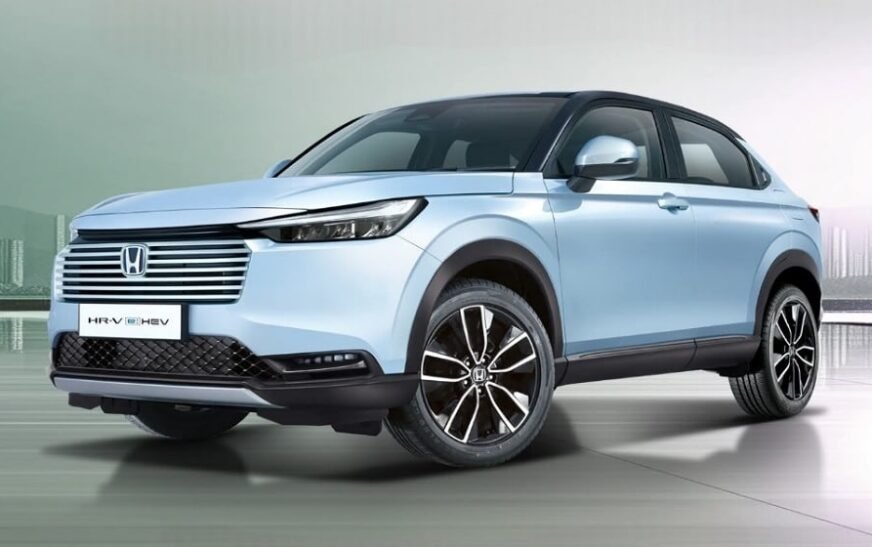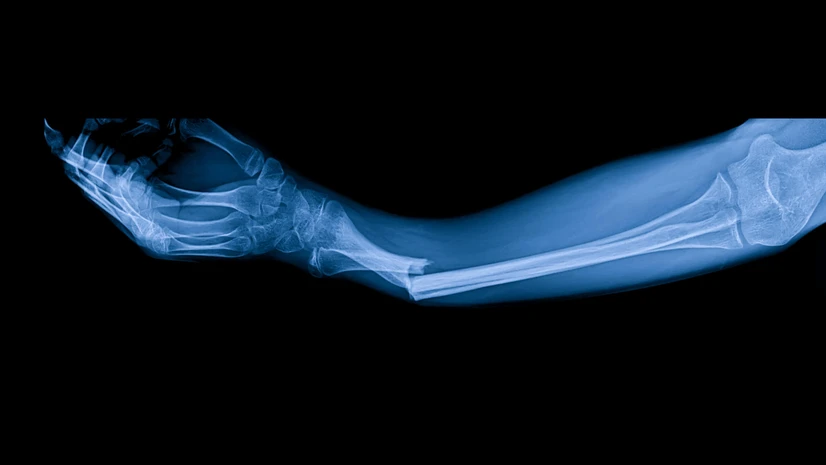NEW YORK: In a revolutionary breakthrough, researchers in the US have invented a new kind of concrete that stores and produces electricity, turning buildings and highways into massive batteries which can charge homes and electric vehicles.
Eveloped at MIT, the new concrete is an improvement on a previous generation of energy storage technology that was first released in 2023. Scientists now say their latest achievement has improved the system by 10 times.
How It Works
The concrete battery consists of a mixture of cement, water, carbon black, and an electrolyte solution. When mixed together, these compounds form a conductive nanonetwork within the concrete so it can effectively store and release electricity.
Scientists have discovered that a typical home would be required to utilize approximately 5 cubic meters of the material to meet its daily energy needs.
More Than Just a Building Material
A lot of people are thinking about rethinking concrete, but not really as a building material, but as a multiconstraining technology,” stated Admir Masic, MIT Associate Professor of Civil and Environmental Engineering and co-leader of the project.
He underscored that sustainable construction’s future is in designing materials that do more: they can store energy, self-heal, and capture carbon dioxide.
“Concrete is the world’s most used building material,” Masic said. “If we can make it do more than simply bear weight, the potential could be huge.”
Implications for the Future
This technology can redefine sustainable building and infrastructure. Electric cars can be charged by driving on roads surfaced with this energy harvesting concrete, homes and buildings can store solar or wind power within them less dependent on external batteries or electricity grids.
ALSO READ: Scientists develop Bone Glue that heals fractures in 3 minutes
As energy demands rise and the world gets warmer, materials that do multiple things like this might be the key to a cleaner more efficient future.















